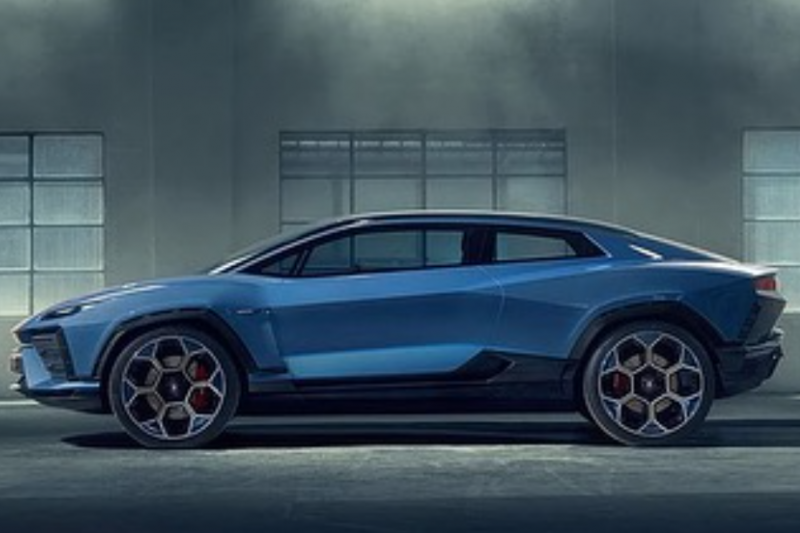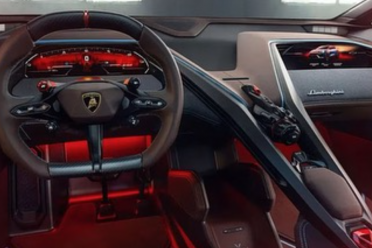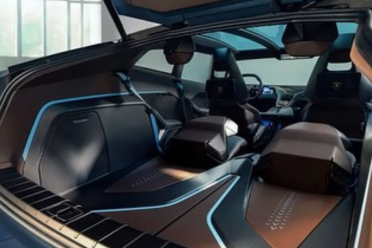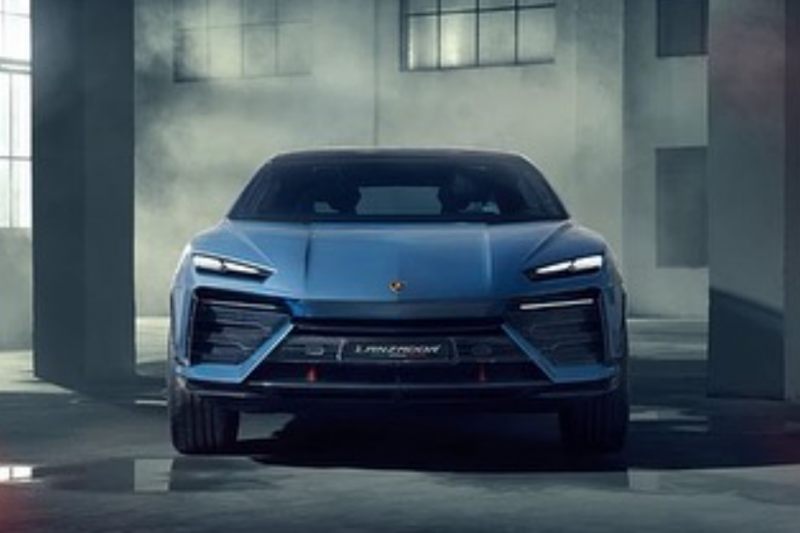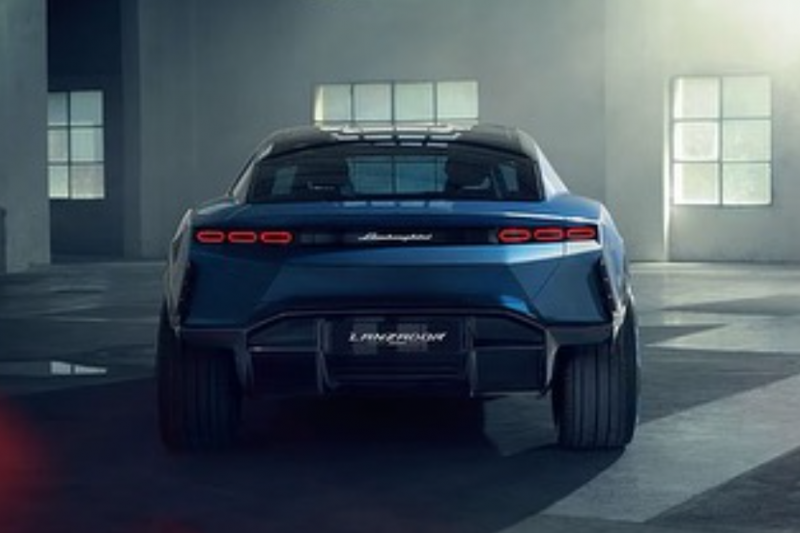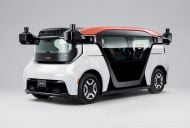Is this what you were expecting?
The initial concept version of Lamborghini‘s forthcoming first electric vehicle (EV), called the Lanzador, has leaked ahead of its imminent reveal as part of this year’s Monterey Car Week in California. The production version isn’t set to go launch until 2028.
Low-resolution imagery of the Lamborghini Lanzador was uploaded to social media by Spanish publication Cochespias, showing it’s essentially a lifted two-door ‘coupe SUV’ that’s similar in essence to the original Aston Martin DBX concept.
It doesn’t quite look like a modern reinvention of the low-slung 2008 Estoque four-door concept like previously rumoured.
From some angles the Lanzador also looks a little like the Huracan Sterrato two-door sports car and from others like a sleeker Urus SUV.
Inside the Lanzador has a 2+2 seating configuration that appears to be somewhat similar to the Ferrari Purosangue crossover. Ahead of the driver is a large digital instrument cluster and in front of the front passenger there’s another similarly sized screen.
At this stage Lamborghini hasn’t detailed any information about the Lanzador’s electric drivetrain, battery pack or claimed range.
It’s also unclear what platform will underpin the Lanzador, with Lamborghini CEO Stephan Winkelmann previously telling media it won’t ride on a bespoke Lamborghini architecture. It will instead share components with other brands within the Volkswagen Group.
Lamborghini first announced its intention to produce an electric 2+2 model as part of its electrification plans in 2021.
Once the Lamborghini Lanzador launches in 2028 it will have already been beaten to the market by Ferrari. The Raging Bull’s arch-rival currently plans to introduce its first EV in 2025.
Lamborghini has plans to electrify its entire line-up by the end of 2024.
Earlier this year Lamborghini revealed its Revuelto V12 hybrid successor to the Aventador, and has plans to introduce a hybrid successor the Huracan.
Lamborghini will introduce a V8 plug-in hybrid powertrain to its Urus SUV by the end of 2024. By 2029 the brand will make the model electric-only.
It claims its electrification plans will see it reduce its CO2 emissions by 50 per cent by 2025.
The company is investing €1.5 billion (A$2.34 billion) over a four-year period in what it’s billing its hybrid transition, which it says is the largest investment in its history.

